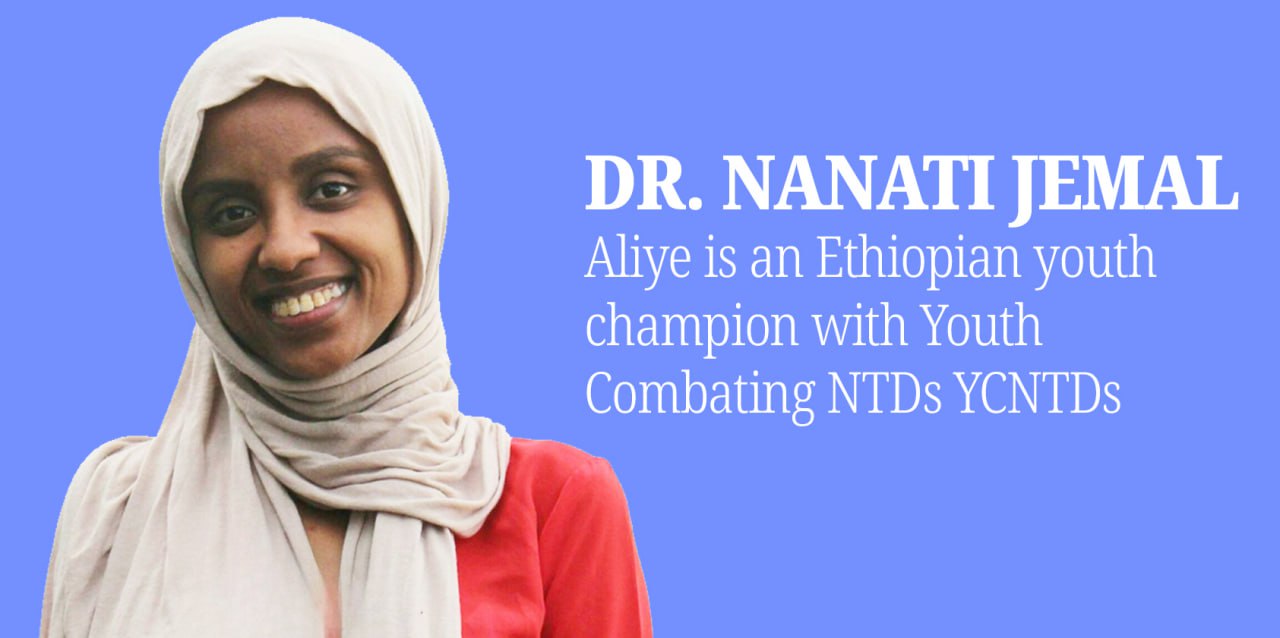For a long time, conversations about neglected tropical diseases (NTDs) began in high-level conference rooms, far from the realities in rural villages and urban slums where these diseases persist, missing one vital group that takes up 70 percent of Africa’s under 30 population. Youth.
Now, a shift is happening. Driven by young people, youth are no longer waiting for permission to act and are mobilising peers, listening to communities, and creating practical, low-cost, and transformative interventions themselves.
This youth-driven leadership in NTDs was demonstrated recently as the Africa CDC headquarters in Addis Ababa opened its doors to the third Annual Public Health Students Summit organised by the African Public Health Students Network Initiative (AfricaPHSN). One conversation stood out for its urgency and authenticity in tackling NTDs: a fireside chat on Youth Action Against NTDs.
Caesar Kogoziga, a youth champion with Africa CDC and expert on resilience and health systems, delivered a stark reminder that water scarcity and food insecurity are not abstract issues—they are root causes driving NTD transmission. As he aptly put it, young people and policymakers need to “combine forces” so that water, sanitation, and hygiene (WASH) programmes don’t fizzle out after the initial burst of enthusiasm.
Vivian Joseph, a Tanzanian youth champion with Youth Combating NTDs (YCNTDs) and Health Education specialist, showcased the power of creativity in her approaches using street theatre, social media platforms such as TikTok and WhatsApp, to spread health messages and make prevention feel possible and relatable for young people. Her work in delivering community WASH campaigns also demonstrated that engaging youth is not just an approach – it is a form of prevention.
As youth, we must ground our work in data – mapping disease burdens, understanding local practices, and using Knowledge, Attitudes, and Practices (KAP) surveys to help us design interventions that communities accept and own. We need to create NTD clubs in schools and communities, spaces where youth can lead awareness, prevention, and advocacy campaigns that build long-term resilience.
But the truth is, passion is not enough. Too often, youth-led projects remain small because there is no dedicated funding or formal recognition. If governments and global health partners want real progress, they must institutionalise youth leadership. This means creating youth seats on national NTD steering committees, setting aside budget lines for youth-led initiatives, and establishing small-grant facilities accessible to youth organisations. We also need to integrate youth-generated data into national health systems and to mentor and train the next generation of public health leaders.
Far from working in isolation, youth action can be strategically positioned to complement national and global priorities. The work of Youth Combating NTDs illustrates this, as the movement has continued to mobilise governments to sign the Kigali Declaration on NTDs and encouraged countries to leverage the 21st replenishment of the World Bank’s International Development Association (IDA21) as a financing mechanism for disease elimination. By connecting national commitments to youth action, we can ensure that the fight against NTDs is not only well-resourced but also innovative, inclusive, and future-driven.
This is the reason the launch of the Community of Practice on Youth and CSO Engagement in Health Security at the close of the summit was so significant. It provides a structured platform for young people and civil society to channel their innovations, data, and advocacy into national and continental agendas. The framework is already there. What we need now is for policymakers, donors, and global health organisations to take it seriously.
Leaders need to move beyond rhetoric. Trust young people. Fund us. Integrate us into national strategies. Use platforms like this new Community of Practice to make youth action systemic, not symbolic.
Dr. Nanati Jemal Aliye is an Ethiopian youth champion with Youth Combating NTDs YCNTDs.



